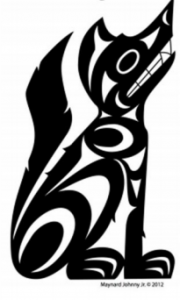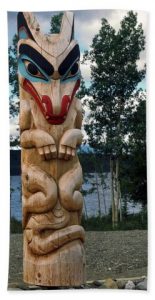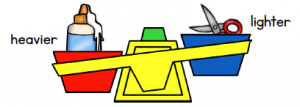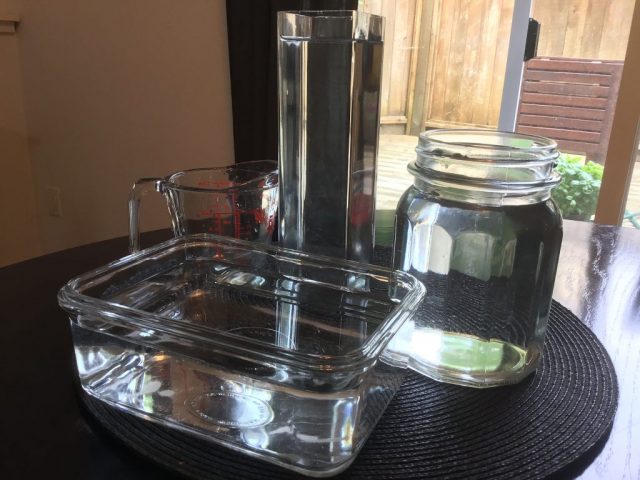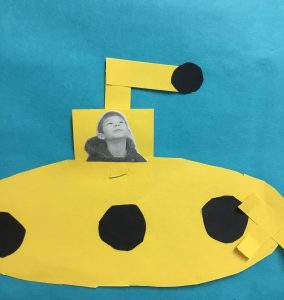Every Friday Division 9 & 10 get together to work on Second Step. Second Step is a program that teaches children skills for social and academic success.
Our topic is: Solving Problems
This weeks lesson: How to solve problems
Lesson Concepts:
- You need to calm down before you solve a problem
- The first step in solving problems is to use words to describe the problem
- The second step is to think of lots of solutions
Have you ever had a problem? Listen to this Book called “Talk It Out”.
Today we are going to learn some steps to help you solve problems.
You learned that if you have strong feelings, then you cannot think well. You need to calm down first before you solve a problem.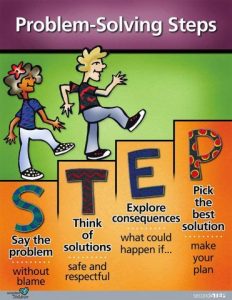
The first step is Say the problem. When you have a problem, say what the problem is out loud or inside your head.
The second step is Think of solutions. That means to come up with lots of ideas to solve the problem.
The third step is Explore consequences. Ask yourself, what could happen if . . . .
The last step is Pick the best solution. Make your plan.
Let’s listen to a song about the Problem-Solving Steps, called “The Problem-Solving Song.“
Today you learned that if you have a problem, there are steps you can follow to help you solve the problem.
When you have a problem, it is important to use self-talk to help you solve it. You can talk out loud or in your head. Talking to yourself helps you to not get stuck. So this week, if you have a problem, say the problem and think of solutions!
Remember to go to Ms. Quin’s Blog for music and movement activities.
